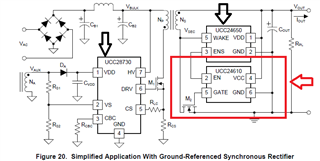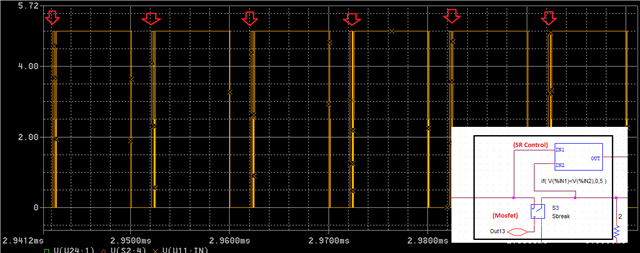Other Parts Discussed in Thread: UCC24650, UCC24612
Hi TI team,
Can you share SPICE model for UCC24610? There is .lib files for ucc24650, but there is no UCC24610 pspice model. Thus, we don't establish them to Orcad and don't make sycrnous rectifer flyback converter. There are some models for sycronous rectifier flyback. However, they are not full for making sycronous rectifier flyback. Can you help me?



